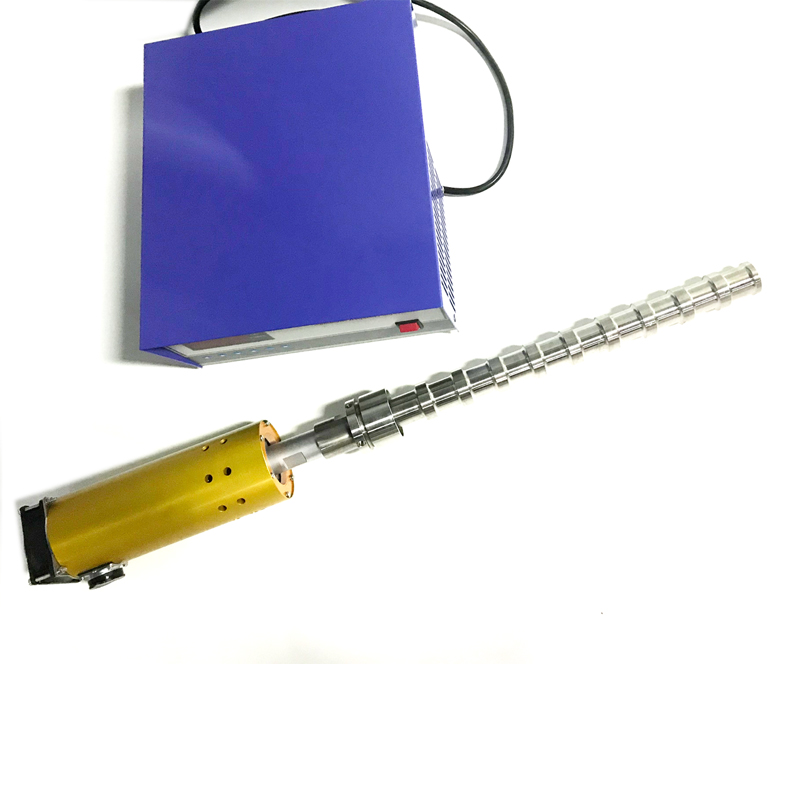ultrasonic Tube Reactor for through-flow Sonochemistry
Dte:2020-10-21 Number of visits:Number
Cavitation is generated around the vibrator, and the ultrasonic energy is evenly distributed in the tank, so as to achieve the cleaning effect of * *.
The power output of the ultrasonic rod is not affected by the load changes such as liquid level, tank capacity and temperature difference, and the power output is stable and uniform.
Due to the structural characteristics of the ultrasonic bar, its application range is more extensive than the traditional ultrasonic vibration plate, * suitable for vacuum pressure cleaning, and also suitable for various chemical treatment processes.
Compared with the traditional ultrasonic vibration plate, it has a service life of more than 1.5 times.
The circular tube design can make the vibrator easily installed in any position in the groove.
Ensure sealing and waterproof.
Application range of ultrasonic bar:
It is widely used in traditional ultrasonic cleaning, biochemical, food, chemical, pharmaceutical and other industries. In terms of Biochemistry, ultrasonic rods can be widely used in emulsification, separation, homogenization, extraction, catalytic reaction and other aspects to improve production capacity; in the food industry, ultrasonic rods play an important role in uniform mixing and homogenization; in the chemical industry, ultrasonic rods are suitable for cleaning pipes, tanks and cauldrons. In the process of using waste oil and palm oil to extract biodiesel, the catalytic effect of ultrasound is amazing, and the efficiency is increased by more than ten times, which will have an amazing promotion prospect in the petrochemical industry.

|
Tubular Equipment
Type
|
Tubular Transducer
Type
|
Frequency
(KHz)
|
Ultrasound
Output(W)
|
Total Length
(mm)
|
Diameter
(mm)
|
Static Capacity
(pF±10%)
|
|
PU-UE1
|
US-61
|
15-28
|
1000
|
500
|
Φ50-55
|
68000
|
|
PU-UE5
|
US-25
|
15-28
|
1500
|
850
|
Φ50-55
|
68000
|
|
PU-UE6
|
US-16
|
15-28
|
2000
|
1100
|
Φ50-55
|
132000
|

Consult immediately
